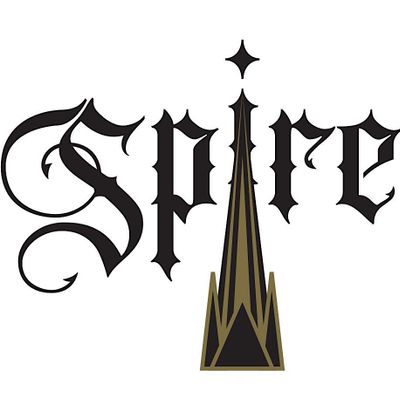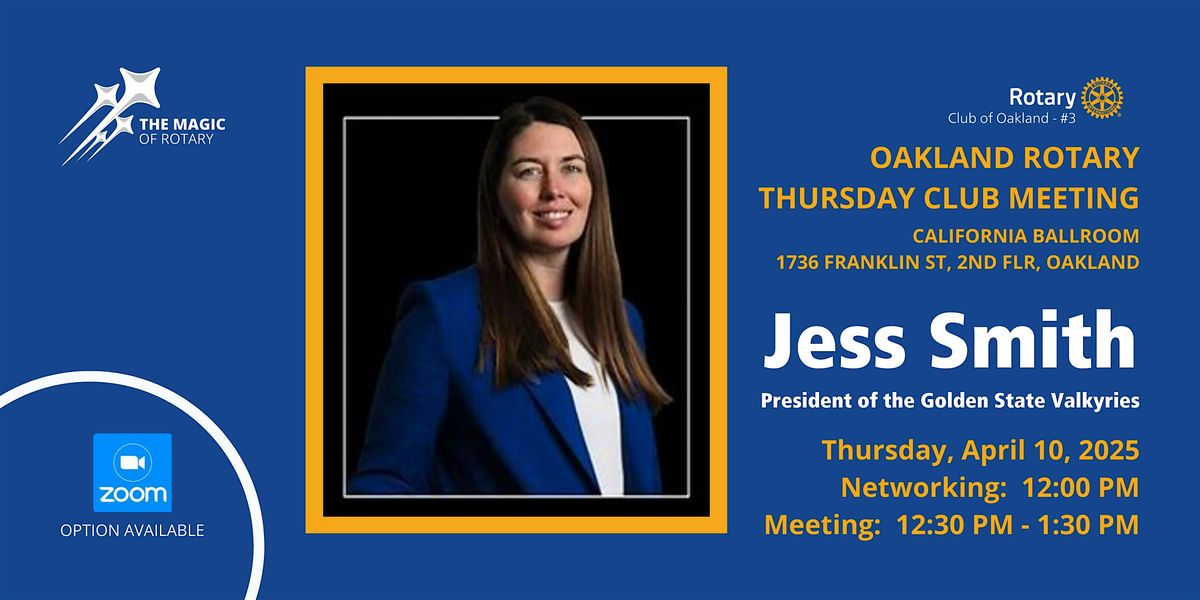Spire Tango Practica
Schedule
Sat, 26 Oct, 2024 at 01:00 pm to Sat, 24 May, 2025 at 04:00 pm
UTC-07:00Location
Spire the Church | Oakland, CA

About this Event
Come out every 4th Saturday (EXCEPT IN DECEMBER-No Practica in December)
Spire: 825 Athens Ave, Oakland, CA, United States, California 94607
$10-20 sliding scale, $15 recommended
Venmo, Zelle, or Paypal apps at door (no cash or card)
No one turned away for lack of funds
DJ: TBD
Spire Tango Practica is committed to the principle that inclusivity is a social contract. We strive to be a comfortable, safe, and joyous space for everyone—regardless of age, gender, sexual orientation, race, class, ethnicity, nationality, citizenship, religion, size, or ability—who commits to that contract.
WHAT IS AN ALTERNATIVE/CONTEMPORARY PRACTICA?
A practica is an informal tango social dance and practice. It's less formal than a milonga, and while people may simply go to a practica to social dance, it's also acceptable to use it to practice your technique and ask for feedback from partners. (Unsolicited feedback on a partner's dance technique is still unwelcome, however.)In the world of tango, people use the word “traditional” to signify recordings from tango’s golden age, from the mid-1930s to mid-1950s. Almost all other Bay Area tango events play 90-100% golden age recordings.Post-golden age tango music is called “contemporary,” even if some of it is over seventy years old by now. Modern orchestras that reproduce the style of golden-age recordings are also considered contemporary, and you may hear some of those at this event.“Alternative” refers to non-tango music that you can dance tango to. Some kinds of music also occupy the boundary between contemporary and alternative, such as electrotango.At this practica, we strive for a roughly 50/50 split between contemporary and alternative, but the only real rule is: no golden age recordings.
I AM A BEGINNER; CAN I COME?
Yes, beginners are welcome at this event. We highly recommend the following if you are a beginner:• Dance in the middle of the floor, not at the edges, so you don't disrupt the line of dance (see floorcraft, below). This applies especially if you are leading.• Read through this entire information page to familiarize yourself with practica etiquette and practice.TANDASWe play tandas (sets) of TWO matched songs, using a brief chime to indicate the end of each tanda. The chime indicates when saying "thank you" and leaving your partnership is most acceptable (though you may always end a partnership early if you are uncomfortable). It is also acceptable to stay with your partner through the next two-song tanda, if both agree.This system allows dancers to limit their partnership with a person to two songs rather than the traditional three or four, or even to a single song if they begin with the second song of the tanda. In this way we hope to encourage more experienced dancers to partner with beginners, if only for a dance or two. Dancers who match with partners closer to their own experience level will still have the option of staying with the same person for three or four or more songs.
ASKING FOR DANCES
These are the traditional codes (codigos) for how to ask for a dance:1) Try to make eye contact with someone you would like to dance with. This is called the mirada. (If they are sitting down, do not stand directly in front of them and stare at them.)2) Nod your head to ask for the dance, and if they nod their head as well they have accepted. This is called the cabeceo.3) Walk towards the person. Traditionally one asks for the dance verbally at this point as well, but this is not always done in practice.If you would like to reject a dance from someone who is trying to catch your eye, it’s polite to make eye contact and then immediately look away, rather than pretending you don’t see them.You can ask anyone to dance, and you can dance in any role (leader or follower) regardless of gender.You can also ask someone to dance verbally since this is an informal practica, but experienced tango dancers may expect the mirada/cabeceo process.
FLOORCRAFT
Tango is a line-of-dance form, which means dancers progress counterclockwise around the floor in one or two lanes, depending on how crowded it is. Many of the floorcraft rules for leaders are similar to driving in traffic.• Stay in your lane. Weaving in and out of lanes is frowned upon.• Stay at least one full step behind the couple in front of you. Unless the floor is very crowded, the expectation is that any couple should be able to move one (but only one) step backwards against the line of dance.• Keep up with the flow of traffic. Do not let the couple in front of you get too far ahead.• If you want to bring your follower onto the floor after people have already started dancing, make eye contact with the leader of the couple you wish to merge in front of and wait for them to nod before entering (see mirada/cabeceo, above).• Special rule for this practica (the “Cell Space” rule): If you do not wish to follow the line of dance, you can use the leftover space in the middle of the floor. Beginners especially are encouraged to use this space.
KEEPING IT SIMPLE
One reason you traditionally dance several songs in a row with the same person is it gives you time to build physical rapport with a partner. Experienced leaders will typically keep it simple at least to begin with, to establish and calibrate the connection. Then they might, or might not, slowly build up the complexity.Floorcraft should always be the priority. Never let the complexity of your dancing get in the way of your following the rules of traffic and respecting neighboring partnerships. Bumping into other dancers, or even getting too close, is frowned upon. Dips and lifts are generally not done in social tango at all, and we strongly discourage them here (volcadas and colgadas are still completely acceptable).A follower may sometimes kick up their heel in a “boleo.” The partnership is collectively responsible for making sure no surrounding dancers get kicked.
TANGO CONNECTION
Tango has two primary modes of connection:“Close,” a.k.a. close embrace, is a chest-to-chest connection in which both partners compress towards each other.“Open” is similar to a standard waltz embrace, with no direct chest-to-chest connection (what in many other partner dance forms would be called closed position).You can spend an entire dance in only one of these positions, or you can shift back and forth between them.When initiating a dance, the leader extends their left arm out and to the side, and the follower takes it. If the leader leaves their right arm down at their side, that’s an invitation for the follower to come into close embrace, which the follower can accept or reject. If the leader extends their right arm toward the follower, that’s an invitation to open position only.There’s no expectation of verbal consent for close embrace in tango. However, the leader should never use their right arm to pull the follower into close embrace.The follower can always request to move from close to open non-verbally by tilting back slightly against the leader’s right arm.
CODE OF CONDUCT
Be excellent to each other, even with people you do not wish to dance with. Talk to people, invite them in, and acknowledge your shared humanity. Tango can be an icy space if left untended, so we call on everyone present to generate warmth.Conversely, do not expect that someone who is talking to you, being friendly, or acknowledging your humanity wishes to dance with you. The rules of cabeceo may still apply.As a courtesy to the strangers with whom you will be dancing, please minimize your body odors with soap and deodorant, while also avoiding perfume, cologne, aftershave, and other strong scents.For the health of our ears and our sound system, music will be played at a moderate volume. Please keep voices low while you are in the dance hall.We reserve the right to eject and/or ban anyone on the basis of:• intoxication• bigotry• excessively loud or disruptive behavior• violence or threat of violence• sexual abuse, harassment, or predationIf you are uncertain whether a specific behavior qualifies as any of the above, we recommend you refrain from that behavior.If you have an issue you wish to report or discuss, please speak to David Kaminsky or email him at [email protected].
Attention! Parking is limited. Carpool, walk with friends from your car, Lyft or public transit, and plan accordingly!
Spire Church is located in a residential neighborhood. Building trust and mutual support in our community is of paramount importance! Any disrespect to our neighbors will exclude you to this and future events.
Spire does not sell alcohol.
Where is it happening?
Spire the Church, 825 Athens Avenue, Oakland, United StatesEvent Location & Nearby Stays:
USD 0.00








